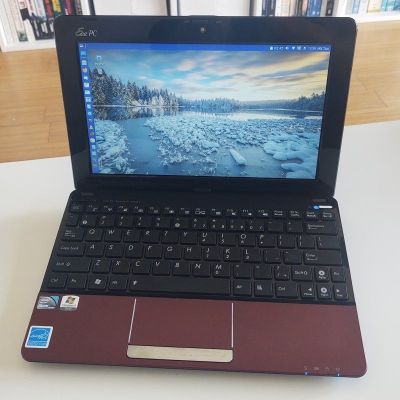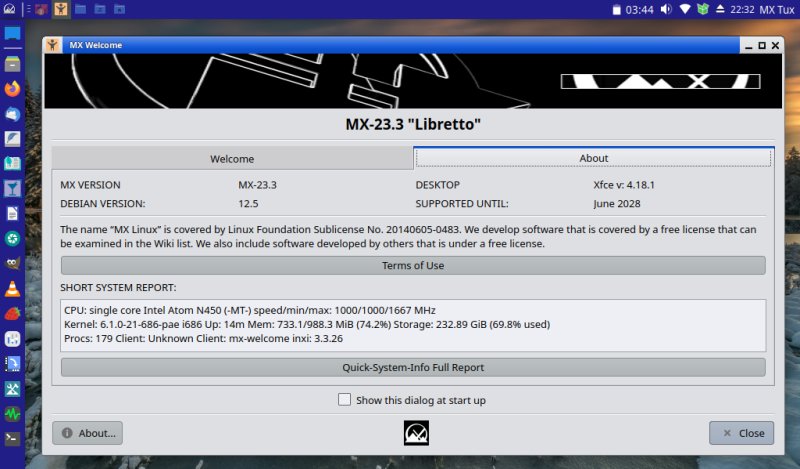
It’s often said these days that computers don’t become outdated nearly as quickly as they did in the past, with even a decade-old computer still more than capable of handling daily tasks for the average person. Testing that theory, [Igor Ljubuncic] revisited the Asus eeePC which he purchased back in 2010. Although it’s not specified exactly which model it is, it features an Intel Atom N450 (1 core, 2 threads) running at 1.67 GHz, 1 GB of 667 MHz DDR2 and a 250 GB HDD, all falling into that ultra-portable, 10.1″ Netbook category.
When new, the netbook came with Windows 7 Starter Edition, which [Igor] replaced with Ubuntu Netbook Remix 10.04, which was its own adventure, but the netbook worked well and got dragged around the world on work and leisure assignments. With increasingly bloated updates, Ubuntu got replaced by MX Linux 18, which improved matters, but with the little CPU struggling more and more, [Igor] retired the netbook in 2019. That is, until reviving it recently.
Upon booting, the CMOS battery was of course empty, but the system happily continued booting into MX Linux. The Debian update repositories were of course gone, but changing these to the archive version allowed for some (very old) updates. This raised the question of whether modern Linux would even run on this ancient Atom CPU, the answer of which turned out to be a resounding ‘yes’, as MX Linux still offers 32-bit builds of its most recent releases. A 15 minute upgrade process later, and a 2 minute boot later, the system was running a Linux 6.1 kernel with Xfce desktop.
As for the performance, it’s rather what you expect, with video playback topping out at 480p (on the 1024×600 display) and applications like Firefox lacking the compact density mode, wasting a lot of screen space. Amazingly the original battery seems to still deliver about half the runtime it did when new. All of which is to say that yes, even a ‘low-end’ 2010-era netbook can still be a very usable system in 2024, with a modern OS.
